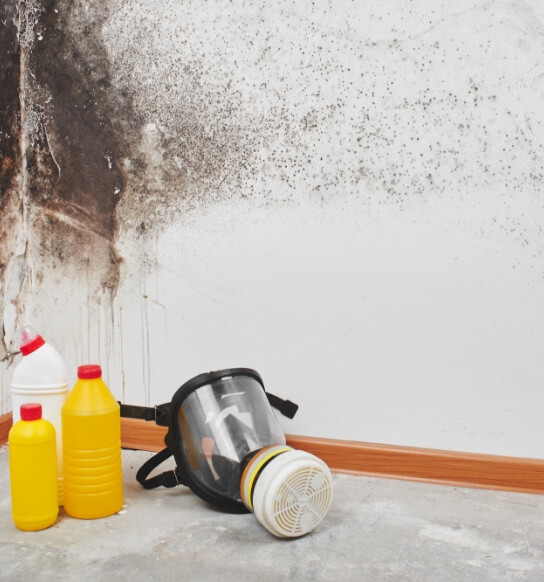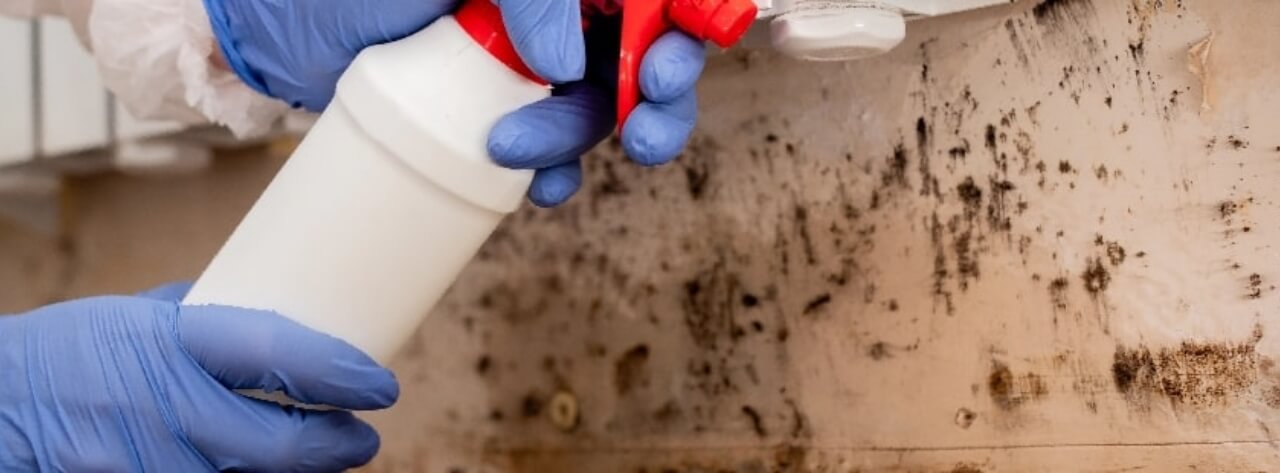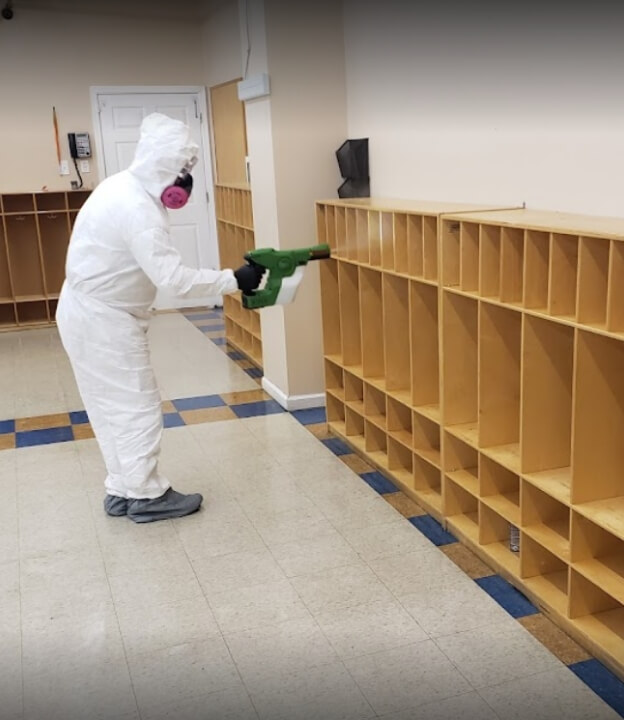Our Process is as Follows:
Our level of expertise and detail tour work is unmatched, hence the reason that we are the highest rated mold removal company on every major website and search engine around. You can trust that when you hire us for your mold remediation project, we will get the job done right, the first time.

Frequently Asked Question
Mold is a fungal growth that forms and spreads on various kinds of damp or decaying organic matter. Molds are vital in nature to decompose organic material, but when found indoors molds can produce adverse health affects as well as structural deficiencies in buildings.
Excess moisture is generally the cause of indoor mold growth. Molds reproduce by releasing tiny spores and when they settle on wet or moist surfaces, the spores can form new mold colonies. Moderate temperatures and available nutrient sources make most office buildings ideal for mold growth.
Hiring an inexperienced remediation company or just a general contractor can result in cross contamination and more severe health issues. Only a highly trained, certified and properly insured remediation contractor should handle jobs with mold.


 INITIAL ASSESSMENT
INITIAL ASSESSMENT


